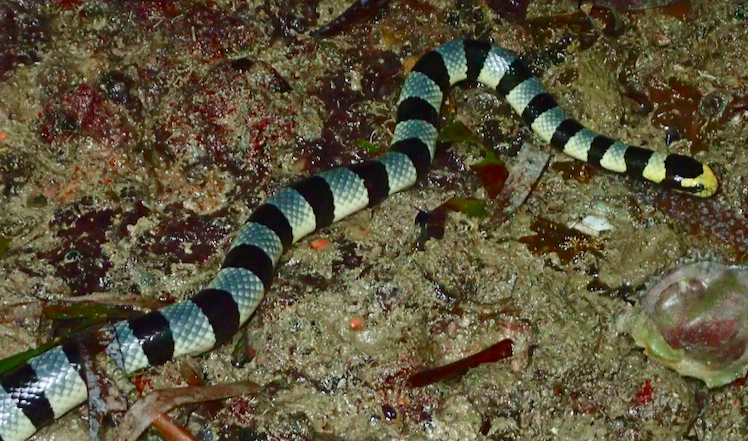The Paper
Saenz-Agudelo, P., Jones, G. P., Thorrold, S. R., & Planes, S. (2015). Mothers matter : contribution to local replenishment is linked to female size , mate replacement and fecundity in a fish metapopulation. Marine Biology, 162, 3–14. doi:10.1007/s00227-014-2556-x
Background
We all rely on generally accepted assumptions that may or may not be true (making an ass of ‘u’ and me of course). Sometimes scientists are just like normal people and do the same. For years fisheries management has used the assumption that female size is an indicator of how many eggs will be produced and so larger females will produce more young that successfully reach adulthood. This idea seems reasonable enough but surprisingly has rarely been tested scientifically due to the logistical difficulty of following eggs to adulthood. Saenz-Agudelo et al. to the rescue!
Methods and Results
The researchers chose to use the charismatic panda anemonefish (Amphiprion polymnus) as their study mothers (Fig 1). This study followed the fish through four transitions from mother to egg to larvae to juvenile to adult. DNA fingerprinting allowed them to follow individual anemone fish, and parentage analysis creates a family tree. The researchers directly observed eggs produced by each female through regular dive surveys.

Is female size linked to number of eggs?
Yes! Larger females laid more eggs, up to 15,000 in two months (Fig 2). This part of the study upholds previous research findings. The novel part of this work comes from following the eggs to the next stage.
With so many eggs the sea would be overrun with panda anemonefish if the majority of eggs did not die. Following thousands of eggs to the larval stage and up to adulthood is no small task and had never been done before. The amazing world of genetics opened up this possibility and the researchers in this paper were able to accomplish something new and exciting and determine if the extra eggs produced by large females actually makes a difference for the population.


Do larger females contribute more new young to a population?
Not quite. Larger females are more likely to contribute at least one successful offspring to adulthood but female size is not a good indicator of how many young will make it to adulthood (Fig 3). The researchers found no evidence that larger mothers contribute a higher number of offspring to the population.
Dads matter too!
The investigators also found that stable mother-father pairs were more likely to have at least one successful offspring than a female that replaced its male partner due to the male’s death.
So- partnership stability and larger females lead to a better chance of having one child that survives long enough to enter into the adult population. But, there is no reason to believe based on this study that the many more eggs produced by large females lead to many more successful adults.
Discussion and Significance
Using empirical evidence to test assumptions is what science is all about and this paper does just that for an important fish life history assumption. Fisheries management and conservation decisions must be based on accurate science to have the best chance at success. The work in this paper helps to further this knowledge as the first study to assess the parents’ influence on marine fish offspring as they transition from larvae to adults.
An unexpected outcome of the study was learning the importance of a stable pair for the best chance at having any successful offspring. Protecting breeding pairs, males and females, could be an important consideration for fish population health.
Protecting large females is a common management strategy. If larger females are not contributing more young to the next generation than smaller females then the strategy may not be helping. Or the higher chance of at least one successful adult could be important enough to the population that large female fish should be universally protected. Though more research is needed to understand what makes the large females more likely to have at least one successful young this study does a great job of starting a discussion about this management strategy.
I am a doctoral candidate in Ecology and Evolutionary Biology at Tulane University. My research focuses on the larval dispersal and development of the blue crab in the Gulf of Mexico.
When not concerning myself with the plight of tiny crustaceans I can be found enjoying life in New Orleans with all the costumes, food, and music that entails.

